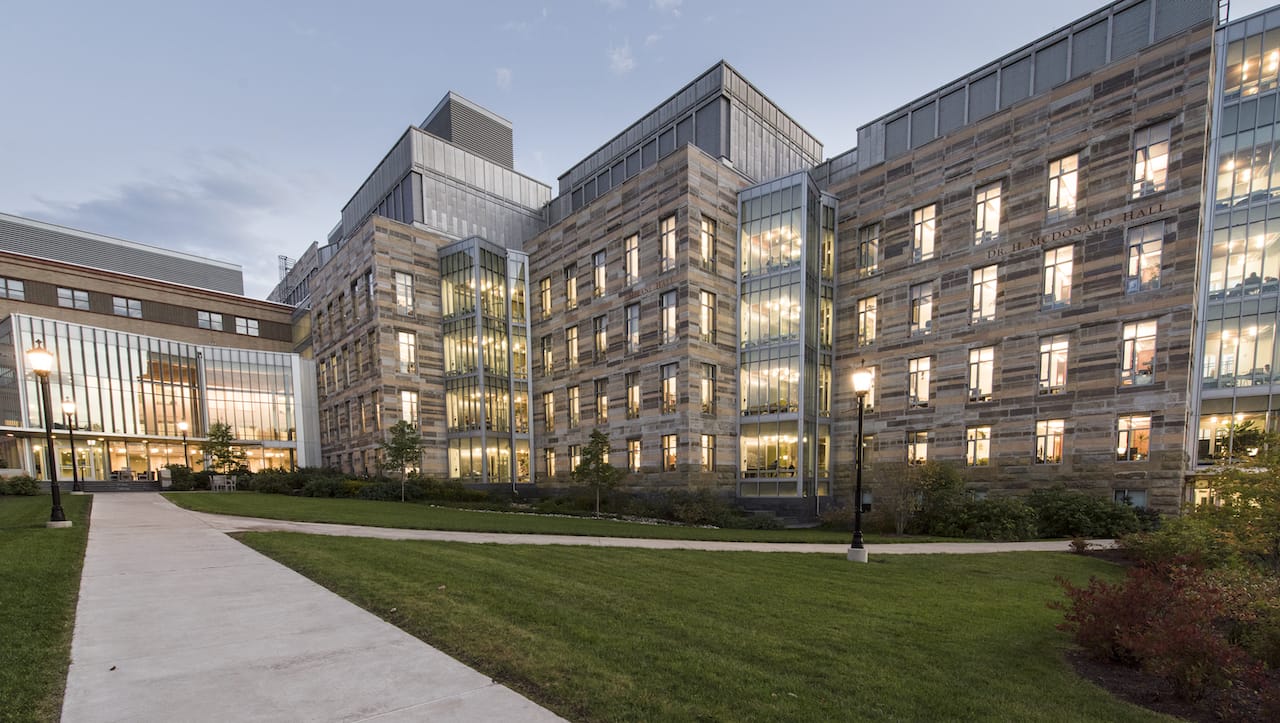Calculating Career Possibilities with Mathematics

The U.S. Bureau of Labor and Statistics estimates overall employment of mathematicians and statisticians to “grow 30 percent from 2018 to 2028, much faster than the average for all occupations,” reasoning that “businesses will need these workers to analyze the increasing volume of digital and electronic data.”
The University of Scranton’s Bachelor of Science in mathematical sciences bridges the interdisciplinary nature of studying mathematics at an undergraduate level with students individual career goals by offering five academic tracks including actuarial science, biological sciences, computer and information science, data science or physical sciences. Although all students are required to take courses in calculus and linear algebra, additional upper-level mathematics courses are chosen with students’ individual goals in mind.
With career opportunities in STEM disciplines, business and the social sciences, this program is focused on developing the skill sets students need to succeed in a wide variety of professions. Courses are taught with the intention of developing students’ problem-solving skills, critical thinking, logical reasoning and collaboration. With small class sizes of approximately 10 to 20 students, faculty can get to know students on an individual basis and provide academic support that is tailored to each students’ needs. As part of their undergraduate education, students are also encouraged to pursue internships and co-ops.
Job titles of Scranton biomathematics and applied mathematics program graduates, include actuarial analyst, data scientist, operations analyst, software consultant and compensation analyst. Scranton graduates can be found working at HP Hood, Penn Life Mutual Insurance, Voya Financial and Central Square Technologies. Graduates who chose to pursue additional education have been accepted at schools such as Cornell University, Texas A and M, University of Pittsburgh, Drexel University and the University of Massachusetts.







